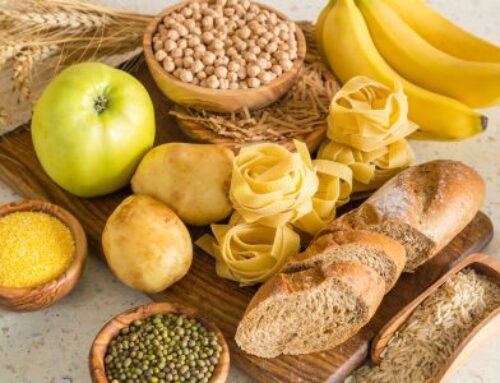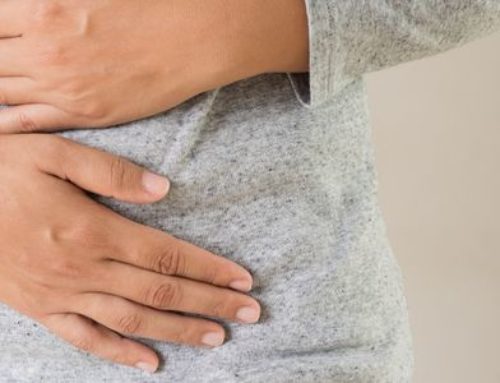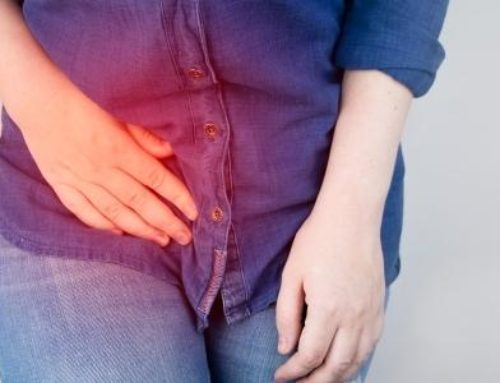
A couple of weeks ago I tuned in to ABC’s Catalyst 2-part special on the “Gut Revolution”. In the series they placed two individuals on experimental diets aiming to change the profile of their gut bacteria and improve their symptoms.
For those who missed it, here’s a breakdown of the two participants and what they did:
Melissa (I like her already)
- Severe irritable bowel syndrome with chronic explosive diarrhoea
- Very high levels of not-so-good gut bacteria which contributes to inflammation
- Was placed on a diet high in fermented foods full of “live bacteria”, and a low FODMAP diet
- Symptoms resolved, and she lost weight
Garry
- Ex-Biggest Loser contestant, struggling with obesity
- Battles emotional eating and low moods (possible depression)
- Very high levels of not-so-good gut bacteria which contributes to inflammation
- Was placed on a diet high in fermentable pre-biotic foods and polyphenols, and intermittent fasting
- Lost weight, improved moods, reduced cholesterol levels and decreased insulin resistance
After watching those episodes, one can easily be led to believe “WOW! All I need is to get some probiotics, chug down some kombucha everyday and maybe give this intermittent fasting thing a go. Hello slimmer, healthier and less odour emitting new me!”.
Whilst there is no denying that a healthy gut bacteria profile can have an effect on overall health, did that mean that the bad gut bacteria alone was responsible for the problems experienced by Garry and Melissa? Was improving their gut bacteria profile solely responsible for the improvements they experienced?
Melissa had a very frequent and high intake of known gut irritants – mainly caffeine (energy drinks) and alcohol. In fact, when they placed her on her diet, they also forced her to give up alcohol. Often a reduction in gut irritants can significantly improve IBS symptoms without needing to go on restrictive diets such as a low FODMAP diet. Additionally, by reducing her alcohol intake, Melissa was also able to reduce her calorie intake, resulting in weight loss!
A low FODMAP diet can actually starve the bacteria in your gut – both the bad ones and the good ones! It’s always a good idea to check in with a dietitian prior to starting a low FODMAP diet so that you can plan for the reintroduction of some FODMAP containing foods to nourish your gut bugs.
As for Garry, he was battling the daily stresses of life by turning to highly processed, high fat convenience foods such as fast food and takeaways. These foods are calorie dense, and once you factor in Garry’s lack of physical activity it’s quite easy to see how this energy imbalance contributes to his weight issues. I was actually disappointed at how little they focused on the psychology of Garry’s eating behaviours, as well as how his strong dieting mentality from his years of yo-yo dieting may have affected the way he eats food. Here is a really good article about dietary deprivation and how it can affect your nutrition goals.
When you take away the fancy science-y words about the diets that Melissa and Garry were placed on, it really boils down to simple healthy eating principles.
Here’s 4 practical tips you can try to kickstart your own “gut revolution” – it’s really not rocket science.
Enjoy legumes at least once a week.
Beans, beans, they’re good for your gut. Cheap and easily available, it’s hard to believe that the humble legume could be a superfood. They contain lots of fibre that your gut bacteria thrive on, in addition to providing a nice hit of protein. Like the song goes, you can expect some wind after a big meal of legumes as this gas is a by-product of your gut bacteria breaking down the fibre. It may be best to plan a legume-rich meal on days where you’re not out at a social gathering.
Here are some tasty ideas for getting your dose of legumes:
Have high fibre, gut-health boosting snacks.
Fruits are a good source of fibre. Some of them, such as apples, pears, and nectarines are high in prebiotics… which means your gut bugs will thrive on them! Reach for them the next time you’re in need of a sweet treat. Here is an interesting recipe for a fruit-based snack, alternatively you can try this delicious chocolate yogurt-based dipping sauce recipe to go with your fruit!
Go for wholegrains.
Breads, cereals and pasta can be a great source of wholegrains and dietary fibre. Making small swaps such as multigrain bread, wholemeal or high-fibre pasta, and high-fibre cereals can be a good start. Already made these swaps? Then level up and experiment with cooking the actual grains. Key grains that are particularly fibre-rich include barley, quinoa, rye and bulgur. A quick Google search of recipes can set you on the right path, but to get you started here’s a really tasty option for breakfast.
Be drink savvy.
You don’t need to force yourself to drink kefir or kombucha in a bid to improve your gut health. But it would be beneficial for your gut health if you keep your alcohol intake to a moderate level, as excessive alcohol intake may negatively affect the profile of your gut bacteria. A limit of 2 standard drinks a day is recommended for healthy men and women.
Thinking of rallying your gut bacteria troops and starting your own revolution? Why don’t you team up with one of our friendly dietitians and add a seasoned veteran to your team. They’ll guide you on the best way to move forward with the least amount of restriction.
If you’d like further help with your nutrition please click below:



